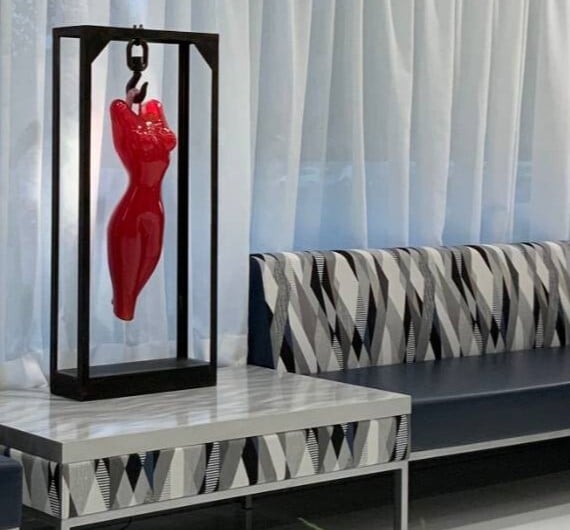When a potential breast augmentation patient comes into my Long Island office for a consultation, one of the first things out of her mouth when I ask about her goals is that she would like to be X cup size. I get it. Bras are a standard of measurement that every woman knows. Also, a certain size bra has typically been the holy grail for many of my breast surgery patients since puberty. Companies like Victoria’s Secret have helped to fuel this lust which is why I have to tread carefully when explaining that bra size does not equal breast volume. If you are a bra aficionado then you already know that you may be one size in La Perla and a completely different one in the Gap. This has nothing to do with cost. It’s due to the fact that there is no standard of measurement between bra manufacturers. So, here is a little breast volume 101.
What Determines a Bra Size?
Let’s start with what determines a bra size. It really comes down to two measurements:
- Band
- Cup
The band is literally the measurement around your rib cage. The cup or bust is where things get confusing. Cup size is not a reflection of your breast size. Instead, it is the difference between the rib cage and the bust, or how much bigger your breasts are compared to your rib cage. This is why when you gain or lose weight, it changes your bra size. It’s also why most women can typically wear a range of bra sizes. For example, 34D, 32DD, and 30E are considered “sister sizes”. A breast implant will not affect the size of your rib cage. However, the number of cc’s in a silicone or saline implant will increase your breast volume.
Look More Important than Size
Choosing the right implant for your anatomy, lifestyle and goals is part art and part science. I need to first figure out the “look” that you want. Size is a component of this, but there are many other factors to consider such as:
- Type (silicone or saline)
- Shape
- Projection
- Fill or “gumminess”
All of these factors play a part in creating your unique look. I generally use a round, smooth silicone gel breast implant because I have found, through over a quarter decade of experience, that it consistently delivers a safe, natural-looking, and long-lasting result.
Will an Implant Alone Work?
Another thing that I have to consider is whether or not an implant alone will give you want. For example, if you have gained and lost weight may be due to having had more than one child, there is a strong chance that the skin and tissues on your breast are compromised. By this, I mean that they have stretched and become weak to the point where they can not hold an implant in place over time. In order to prevent a complication down the line such as implant malposition, I will often add soft tissue support in the form of a mesh that encourages your body to create its own internal bra of support by producing more collagen.
Or if you are very thin, we may decide to perform fat grafting in addition to your breast augmentation in order to camouflage the edges of the implant and/or give you more volume in the upper pole of your breast. All of these factors can affect how many cc you will need. And like bra sizes, I will often give patients a range of options, and then let them choose the one that they like best.
To find out more about breast augmentation or any surgical or non-surgical procedure with Dr. Mark Epstein in Hauppauge, Long Island, contact us today or call 631-689-1100 to schedule a consultation.

